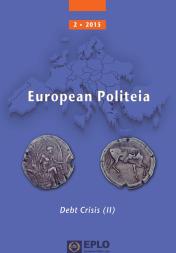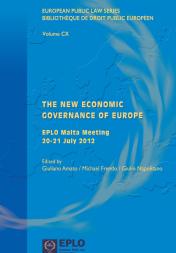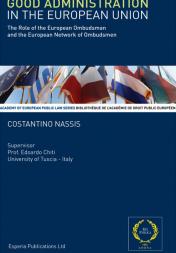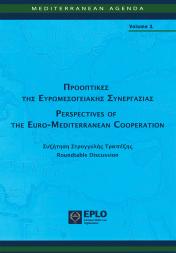
What’s Old is New Again: An International Law-based Approach to Social Media Content Governance
PhD student at the Doctoral School of Law and Political Sciences of the University of Szeged
Social media platforms have substantially expanded the array of opportunities to enjoy human rights in the online domain. However, platform-induced challenges manifested in the form of harmful content dissemination and the lack of transparency in largely “privatized” content governance have also been amplified. To address these challenges, the article turns to international human rights law (IHRL). It substantiates four arguments justifying the application of state-focused IHRL standards to private platforms. These arguments comprise the relevant soft law instruments of the United Nations and the Council of Europe, voluntary acceptance of IHRL standards by certain platforms, states’ positive human rights obligations, and the indirect horizontal effect of IHRL. It is concluded that there are sufficient grounds for applying IHRL standards to assess and improve social media content governance. To this end, the article emphasizes the need to further explore and properly interpret the state-focused IHRL standards in the social media context.
Les plateformes de médias sociaux ont considérablement élargi l’éventail des possibilités de jouir des droits de l’homme dans le domaine en ligne. Cependant, les défis induits par les plateformes, qui se manifestent sous la forme de diffusion de contenus nuisibles et de manque de transparence dans une gouvernance des contenus largement “privatisée”, se sont également amplifiés. Pour relever ces défis, l’article se tourne vers le droit international des droits de l’homme (DIDH). Il expose quatre arguments justifiant l’application aux plateformes privées de normes de DIDH centrées sur l’Etat. Ces arguments comprennent les instruments juridiques non contraignants des Nations unies et du Conseil de l’Europe, l’acceptation volontaire des normes du DIDH par certaines plateformes, les obligations positives des Etats en matière de droits de l’homme et l’effet horizontal indirect du DIDH. L’article conclut qu’il y a suffisamment de raisons d’appliquer les normes du DIDH pour évaluer et améliorer la gouvernance du contenu des médias sociaux. A cette fin, l’article souligne la nécessité d’explorer davantage et d’interpréter correctement les normes du DIDH axées sur l’Etat dans le contexte des médias sociaux.





















